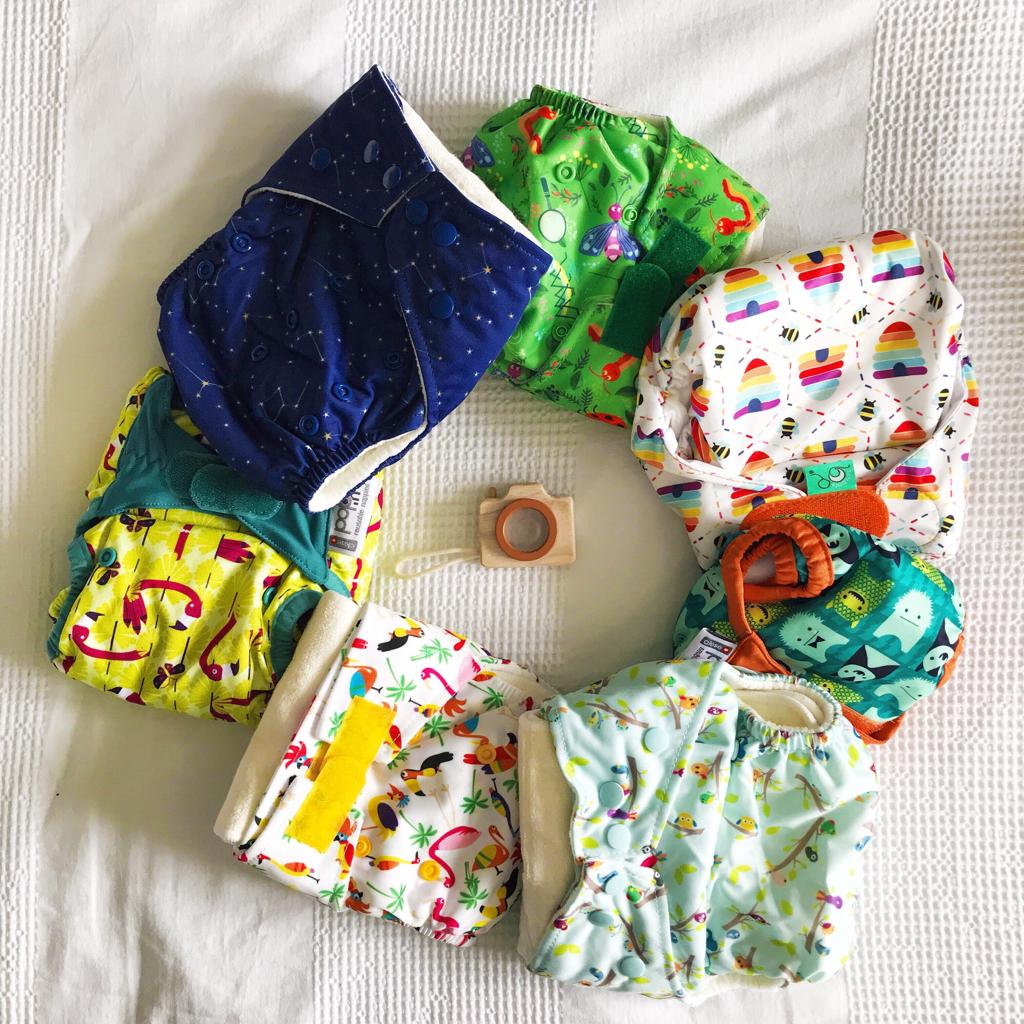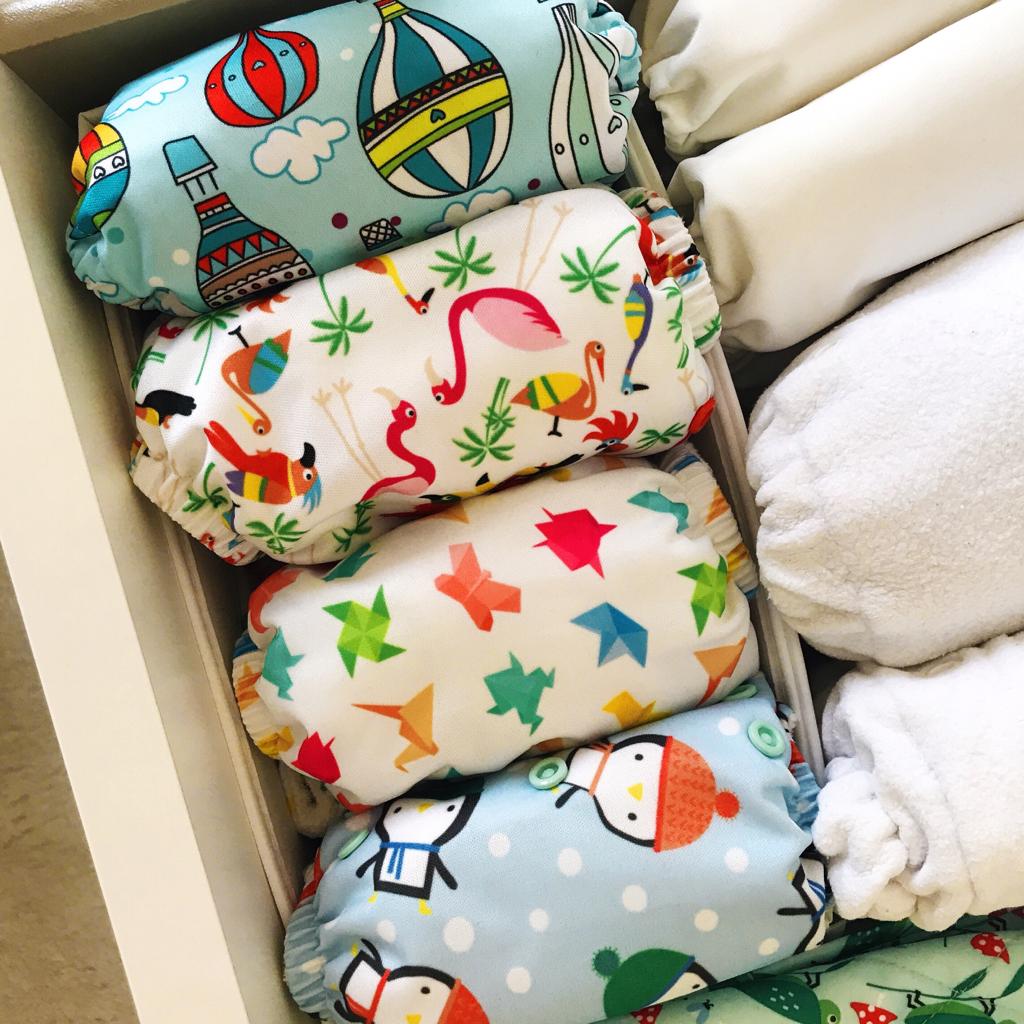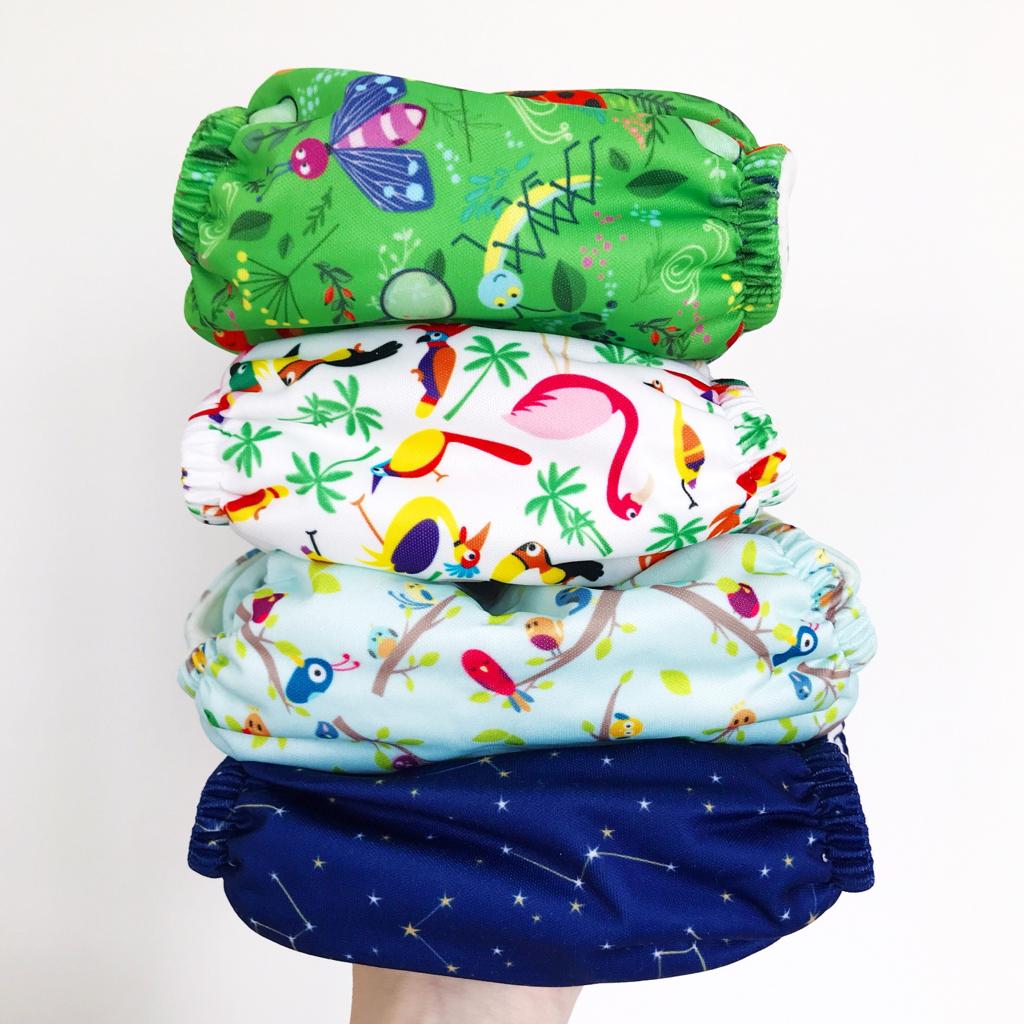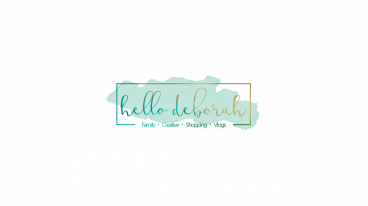I’ve been using cloth nappies for a couple of years now with a toddler and a newborn. I want to share with you what you need to get started using cloth nappies.
What you’ll need, washing every other day:
- Approx 12-24 nappies (24 for a newborn but less for toddlers)
- A wet bag for dirty nappies, or a bucket
- Liners (fleece or disposable)
- Boosters (if needed – see below)
- Wipes (if you want to use cloth wipes too)

Nappies
When it comes to trying cloth nappies, I definitely recommend seeing if there’s a nappy library near you. Most libraries will be able to offer a kit with a variety of nappies in it so you can see what best works with your little one. It can be a trial and error to see what nappies fit best.
If you don’t have a local nappy library then buying second hand is amazing. As a bonus, preloved nappies are more absorbent than new ones as they’ve been washed. I have bought so many nappies from Facebook selling groups and eBay. This is also a great way of picking up one or two nappies from each brand/type to see which you like.
There are so many different types of cloth nappies out there and it can be really overwhelming to begin with. I’ve broken down the main types here.
All-in-one nappies
These cloth nappies are the most like disposable ones as they go on pretty similar. They are really easy to use. I mostly used Bambino Mio with my toddler but I haven’t used all-in-ones with my newborn yet.
Pocket nappies
These nappies fit like an all-in-one but they have a pocket to add the absorbent fabric. I love Baba + Boo pocket nappies.
Fitted (shaped) nappies
Fitted, or shaped, nappies are shaped to fit your baby and you use them with a waterproof wrap. You can often get these in different sizes and in one birth-to-potty size, depending on the brand. I use shaped nappies from Little Lamb and I loved the Totsbots Bamboozles for night time with my toddler.
Flat nappies
This includes muslins, terries and prefolds. Terries and muslin squares are what our parents may have used. They’re big square pieces of fabric that you fold up in a variety of ways and secure with a pin or nappy nippa. You then use a waterproof outer wrap on top of it. If you look on YouTube there are lots of tutorials on different folds.
Prefolds are similar but are sewn into three panels which you place inside an outer wrap. Flat nappies are a cheap way of getting started.

Liners
There are reusable fleece liners and disposable liners that you throw away. Fleece liners are great as they wick away moisture keeping your little ones bottom dry. Either liner will catch poop so it doesn’t go all over the nappy. My biggest money saver with liners is to buy an IKEA fleece throw (I think it’s £1.50) and cut it up to fit inside the nappy. Such a bargain!
Boosters
I found boosters really overwhelming when I first needed them with my toddler. They come in different materials and I didn’t know what I needed. They usually come in these fabrics:
- Microfibre & Charcoal
- Cotton
- Bamboo
- Hemp
Microfibre being the least absorbent and hemp being the most. However, hemp is the slowest to absorb whereas microfibre and charcoal are the fastest. So what I do is use the fast absorber on top of a slow one, for example and microfibre booster on top of a bamboo one. Or sometimes I just use two bamboo boosters.

Wipes
If you want to use cloth wipes as well then there are lots of brands out there. They also come in different fabrics. I use cotton as I find this the best for cleaning up poop. You can also get them in bamboo and microfibre. I recommend only using microfibre wipes for hands and face.
You could also use flannels or cut up old towels for wipes.
Some people keep their wipes in a box wet, or in a wet bag, but I tend to wet one when I need it. If I’m using them when out then I’ll use a water bottle to wet one if I’m not near a tap.
If you have any cloth nappy related questions let me know on here or over on Instagram @hellodeborahuk.

